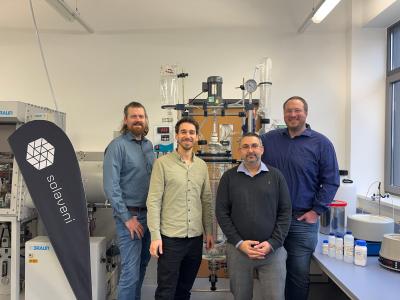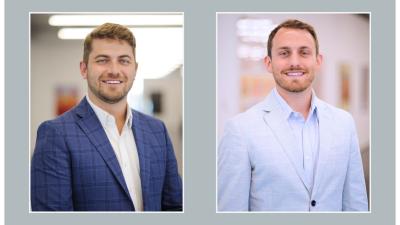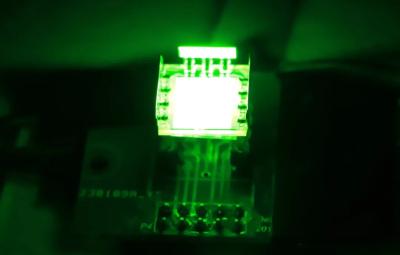When it comes to innovation in advanced materials, Solaveni GmbH stands out as a company with a bold mission. Founded in 2021 as a subsidiary of Saule Technologies, Solaveni was created with a vision to revolutionize the world of perovskite-based materials by focusing on sustainable chemistry and environmental responsibility. Today, the company is carving out a space in fields like printed electronics, energy harvesting, storage, and solid-state lighting, all while ensuring its processes remain green and future-ready.
At the heart of Solaveni’s journey is its CEO, Dr. Senol Öz, whose expertise and passion for perovskite technology have been key to the company’s progress. Senol’s career spans over a decade of research and hands-on experience in solution-processing and chemical engineering of perovskite solar cells. From his doctoral work in Germany, to his postdoctoral research in Japan, and eventually joining Saule Technologies, his path has been defined by a deep commitment to advancing perovskite materials.
We had the opportunity to sit down with Senol for an insightful Q&A, where he shared his thoughts on Solaveni’s vision, the challenges of perovskite technology, and the future of sustainable material production. Let’s dive into the conversation!
Solaveni was established in 2021 as a subsidiary of Saule Technologies, one of the pioneers in the perovskite solar industry. Why did Saule decide to establish a materials subsidiary?
Saule Technologies, a trailblazer in the perovskite solar industry, founded Solaveni in 2021 to address the burgeoning demand for high-quality, innovative materials critical to advancing solar technology. The establishment of Solaveni reflects Saule’s strategic vision to enhance and diversify its capabilities within the renewable energy sector. By creating a specialized subsidiary, Saule aims to streamline the development and production of materials relevant for the perovskite ecosystem, ensuring consistent quality and fostering innovation.










